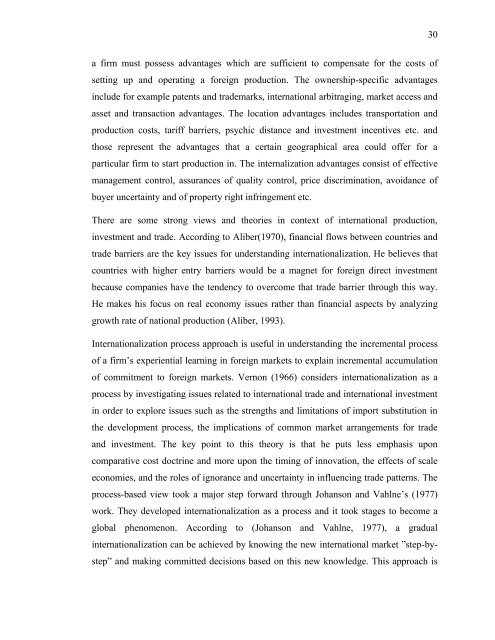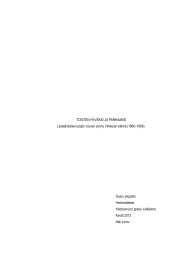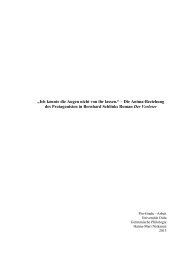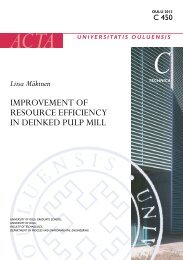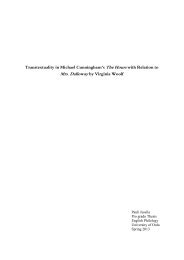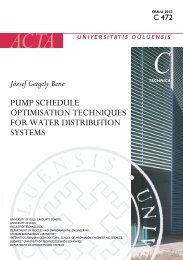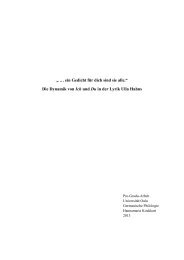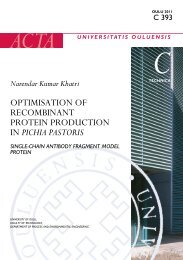Hassan Sherwani ROLE OF SALES AND MARKETING IN ... - Oulu
Hassan Sherwani ROLE OF SALES AND MARKETING IN ... - Oulu
Hassan Sherwani ROLE OF SALES AND MARKETING IN ... - Oulu
You also want an ePaper? Increase the reach of your titles
YUMPU automatically turns print PDFs into web optimized ePapers that Google loves.
30<br />
a firm must possess advantages which are sufficient to compensate for the costs of<br />
setting up and operating a foreign production. The ownership-specific advantages<br />
include for example patents and trademarks, international arbitraging, market access and<br />
asset and transaction advantages. The location advantages includes transportation and<br />
production costs, tariff barriers, psychic distance and investment incentives etc. and<br />
those represent the advantages that a certain geographical area could offer for a<br />
particular firm to start production in. The internalization advantages consist of effective<br />
management control, assurances of quality control, price discrimination, avoidance of<br />
buyer uncertainty and of property right infringement etc.<br />
There are some strong views and theories in context of international production,<br />
investment and trade. According to Aliber(1970), financial flows between countries and<br />
trade barriers are the key issues for understanding internationalization. He believes that<br />
countries with higher entry barriers would be a magnet for foreign direct investment<br />
because companies have the tendency to overcome that trade barrier through this way.<br />
He makes his focus on real economy issues rather than financial aspects by analyzing<br />
growth rate of national production (Aliber, 1993).<br />
Internationalization process approach is useful in understanding the incremental process<br />
of a firm’s experiential learning in foreign markets to explain incremental accumulation<br />
of commitment to foreign markets. Vernon (1966) considers internationalization as a<br />
process by investigating issues related to international trade and international investment<br />
in order to explore issues such as the strengths and limitations of import substitution in<br />
the development process, the implications of common market arrangements for trade<br />
and investment. The key point to this theory is that he puts less emphasis upon<br />
comparative cost doctrine and more upon the timing of innovation, the effects of scale<br />
economies, and the roles of ignorance and uncertainty in influencing trade patterns. The<br />
process-based view took a major step forward through Johanson and Vahlne’s (1977)<br />
work. They developed internationalization as a process and it took stages to become a<br />
global phenomenon. According to (Johanson and Vahlne, 1977), a gradual<br />
internationalization can be achieved by knowing the new international market ”step-bystep”<br />
and making committed decisions based on this new knowledge. This approach is


